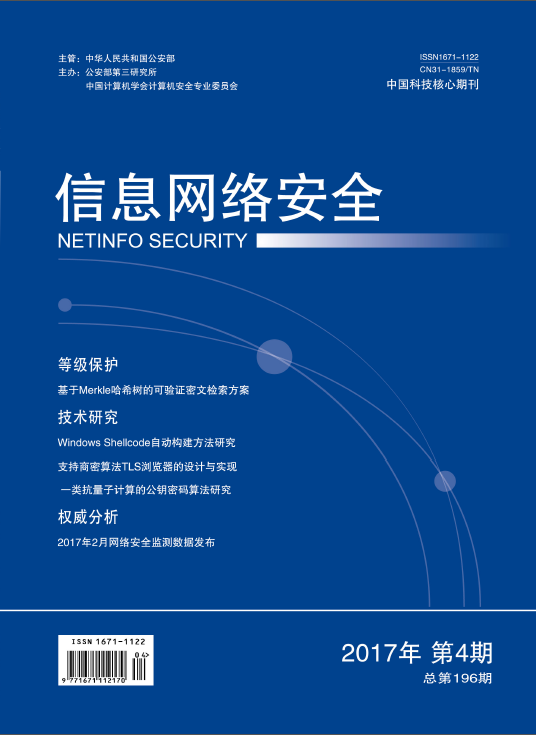With the rapid development of computer technology, the scale and complexity of software is increasing, which also brought great security risk at the same time. shellcode is the key component in the process of the vulnerability exploitation. Its quality directly affects the effect of the exploit. But existing techniques have many downsides, such as less automation, usability and compatibility problems. In this paper, an automatic building approach of Windows shellcode has been proposed, which can provide programming interface & environment, and can let the programmers write shellcode with C language. In order to build the Windows shellcode of x86/x64 platform automatically, it also includes the compilation, building, extracting, testing, encoding and optimization steps. Based on the approach, this paper implements the prototype system of shellcode building automatically and makes some experiments. The result shows that the system performs well in compatibility, reliability and automatic performance. The system can be applied to shellcode building easily.

